Winterizing a lawn is not just a task; it’s an art that ensures the lush green beauty of one’s yard returns with vigor in the spring. As temperatures drop and the first frost looms, the lawn requires special care to survive the harsh winter months. This article delves deep into the steps and measures every homeowner should take to ensure their lawn remains healthy and vibrant, even after winter’s chill.
Contents
Understanding Your Lawn’s Needs

Different lawns have different needs, especially when preparing for winter. The type of grass planted plays a pivotal role in determining the care it requires. For instance, cool-season grasses like Kentucky bluegrass and fescue might thrive in colder temperatures, while warm-season grasses such as Bermuda and Zoysia go dormant during winter. Therefore, understanding the type of grass and its specific needs is the first step in effective winterization.
Geographical location further complicates the lawn care equation. A lawn in Minnesota will face a vastly different winter than one in Texas. The severity of winter, average snowfall, and the frequency of frost are all factors that vary by location. Thus, homeowners must tailor their winterization strategies based on the type of grass and the specific challenges posed by their region’s winter climate.
The Right Time to Start

Timing is everything regarding lawn care, especially in preparation for winter. Starting too early might leave the lawn vulnerable to late-season warmth while starting too late can expose it to the harshness of early frosts. The first frost date, which varies by region, indicates when to begin winterizing efforts.
However, nature shows that it’s time to prepare the lawn for winter. As days shorten and temperatures drop, grass growth slows, and its color may fade. These are nature’s cues, signaling that the lawn is entering its dormant phase and ready for winter preparations. Paying attention to these signs and keeping an eye on the local weather forecast can help homeowners optimize their winterization timeline.
Mowing and Leaf Removal
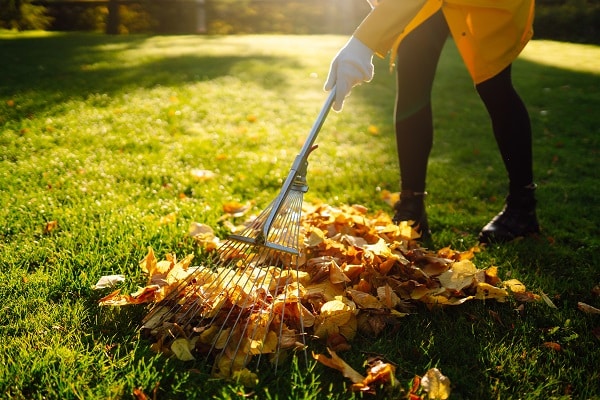
The last mow of the season is more significant than one might think. It’s not just about trimming the grass; it’s about setting the stage for winter. Grass left too long can become a haven for pests and diseases, while grass cut too short might not have the reserves to survive the winter. Ideally, the lawn should be mowed to a height slightly shorter than during the growing season but not scalped.
Leaves, though beautiful in their autumnal hues, can be detrimental if left on the lawn. A thick layer of leaves can smother the grass, blocking sunlight and trapping moisture, leading to mold and diseases. While raking is an option, mulching leaves with a mower can provide the lawn with valuable nutrients. This dual approach of mowing and mulching prepares the lawn for winter and enriches it for the coming spring.
Fertilizing for Winter
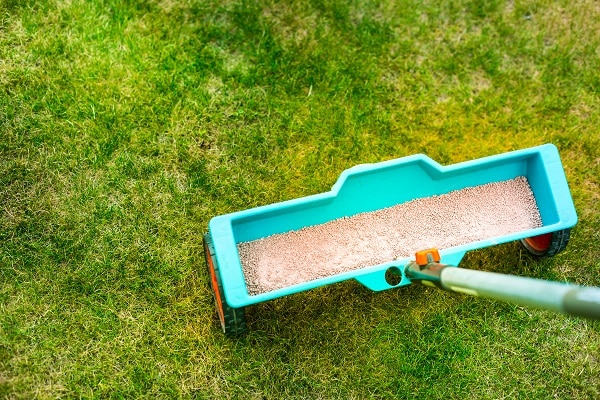
Winter might seem like a time of dormancy and rest, but the lawn is still alive, albeit slowed beneath the snow. Providing it with the right nutrients before winter can ensure it has the reserves to survive the cold months. Rich in potassium, winter fertilizers help strengthen grassroots and improve their cold resistance.
However, it’s not just about what to apply but also when and how. Fertilizing should ideally be done after the last mow of the season, ensuring the nutrients reach the soil and aren’t just sitting on the grass blades. Moreover, homeowners should be wary of over-fertilizing, which can lead to nutrient burn. A slow-release granular fertilizer is often the best choice, providing sustained nutrition throughout the winter.
Aeration and Overseeding

Aeration is a process that many might overlook, but its benefits are manifold. By perforating the soil with small holes, aeration allows water, air, and nutrients to penetrate deeper, reaching the grassroots. This strengthens the existing grass and provides an ideal environment for new seeds to take root.
Overseeding and planting new grass seeds over an existing lawn complements aeration perfectly. As the old grass goes dormant or dies off during winter, the new seeds sprout, ensuring a thick, green lawn comes spring. Combining aeration and overseeding is a powerful duo, rejuvenating old lawns and giving them a new lease on life.
Watering Before the Freeze
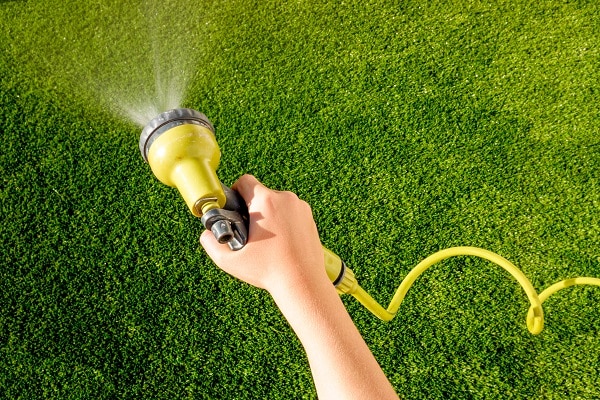
Water is life, even in the cold of winter. While grass might not need as much water during its dormant phase, it still requires moisture to survive. Deep watering before the ground freezes can give the lawn the hydration it needs to last through winter. This involves watering the lawn thoroughly, allowing the moisture to penetrate deep into the soil.
However, there’s a fine line between adequate watering and overwatering. Excess water can lead to mold, diseases, and even root rot. Moreover, if water pools on the surface and freezes, it can damage the grass blades. Ensuring proper drainage and being mindful of the amount of water applied can strike the right balance, preparing the lawn for winter without drowning it.
Protecting Your Lawn from Winter Elements
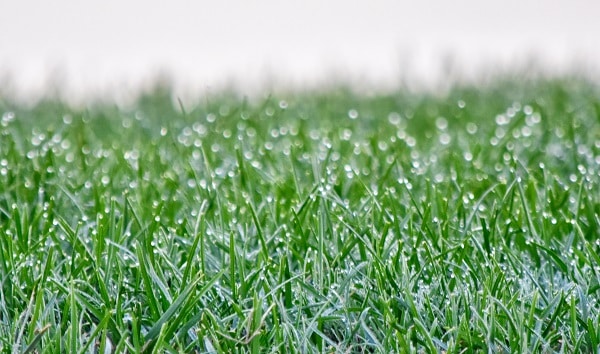
Winter brings many challenges, from freezing temperatures to snow and ice. While snow can act as an insulating blanket, protecting the grass from extreme cold, other elements can be harmful. Snow mold, a fungus that grows under snow, can damage the lawn if left unchecked.
Using covers or blankets can provide an added layer of protection, especially during heavy snowfalls or ice storms. These covers shield the grass from the direct impact of the elements, ensuring it remains healthy. Additionally, homeowners should be mindful of foot traffic on a frozen lawn. Walking on frozen grass can break the blades, leading to bald spots come spring.
Equipment Maintenance and Storage
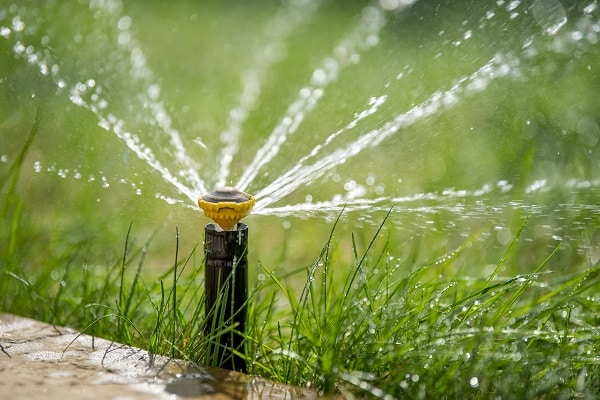
The tools and equipment used for lawn care need their winter care. Leaving them dirty or exposed to the elements can reduce their lifespan and effectiveness. Cleaning tools, sharpening blades, and storing them dry can ensure they’re ready for action when spring arrives.
Sprinkler systems, if not winterized, can be a source of major headaches. Water in the pipes can freeze, leading to cracks and costly repairs. Draining the system, blowing out any remaining water with compressed air, and insulating above-ground components are crucial in winterizing sprinklers. Proper equipment care saves money in the long run and ensures a smooth start to the next lawn care season.
The Bottom Line
Winterizing a lawn is a labor of love, a testament to homeowners’ care and attention to their little patch of green. While winter might seem like a time of rest, the preparations made during its onset determine the lawn’s health and beauty in the spring. From understanding the lawn’s needs to equipment care, every step is crucial. As the cold winds blow and snow blankets the ground, one can rest assured, knowing their lawn is well-prepared, waiting to burst forth in all its glory with the first signs of spring.



